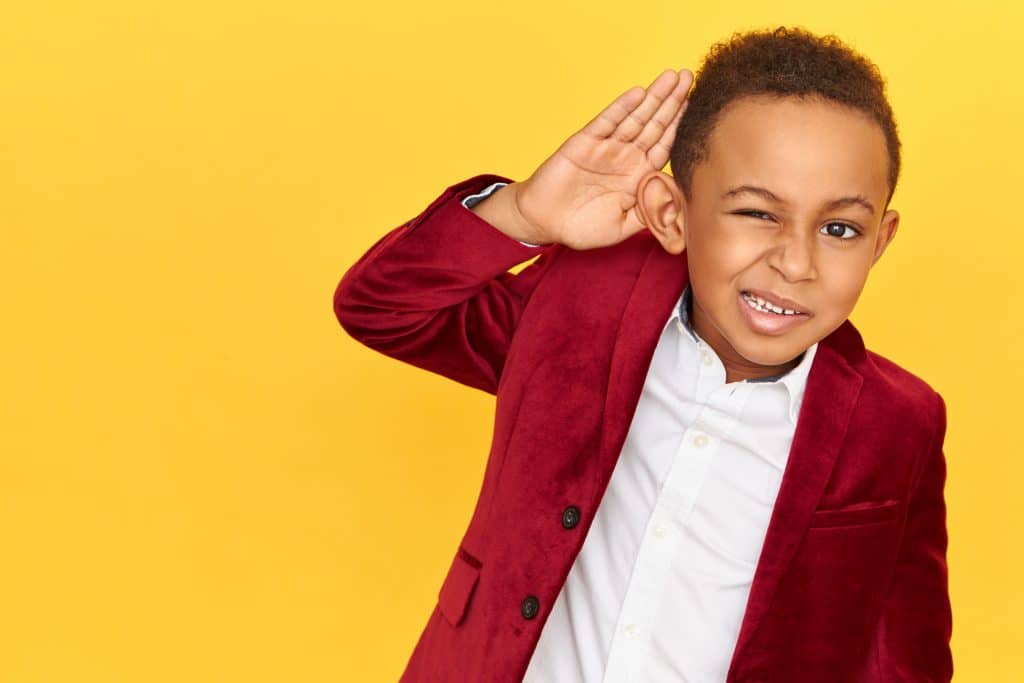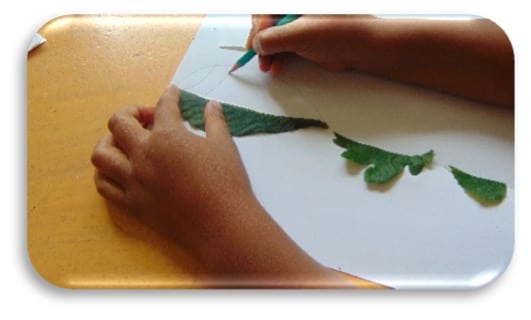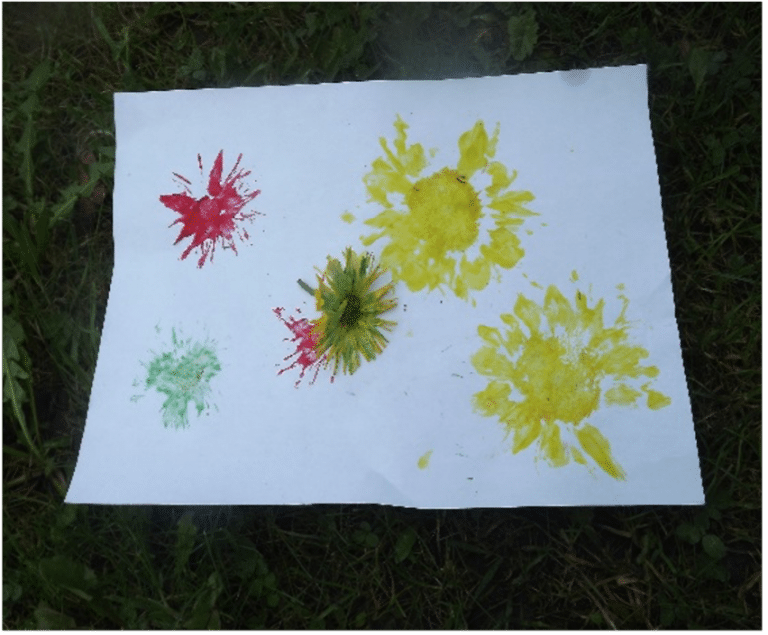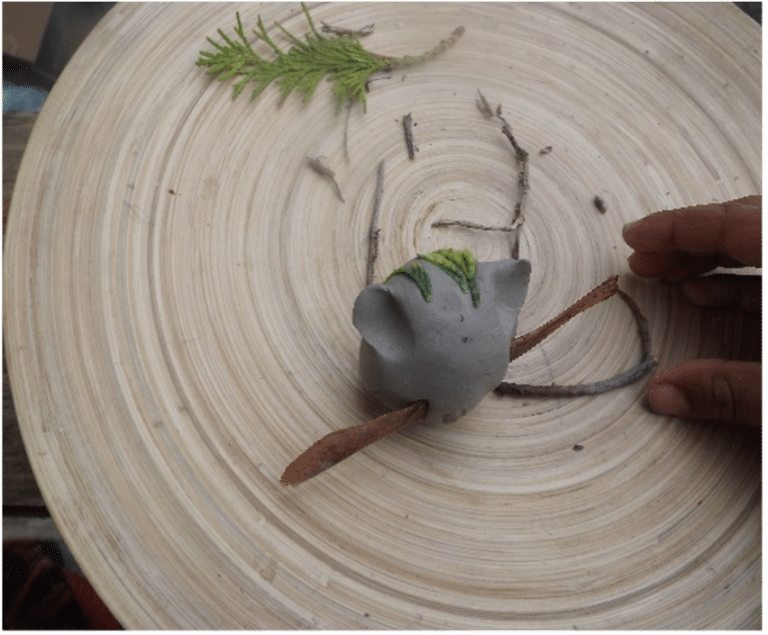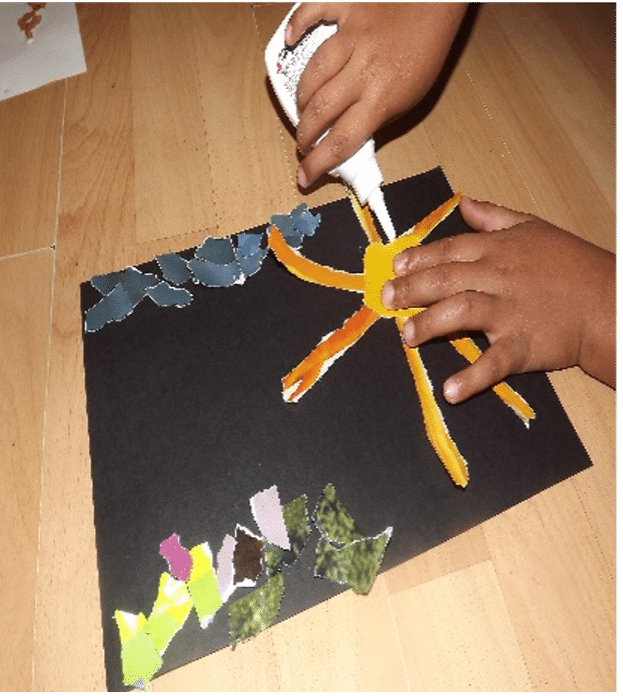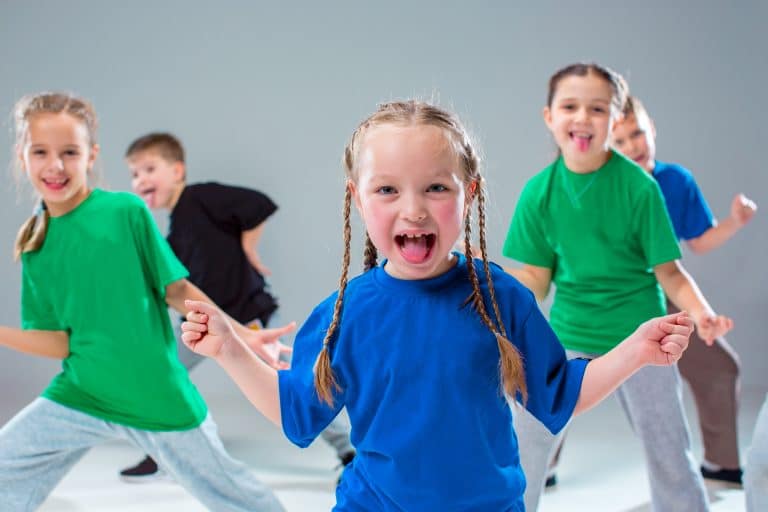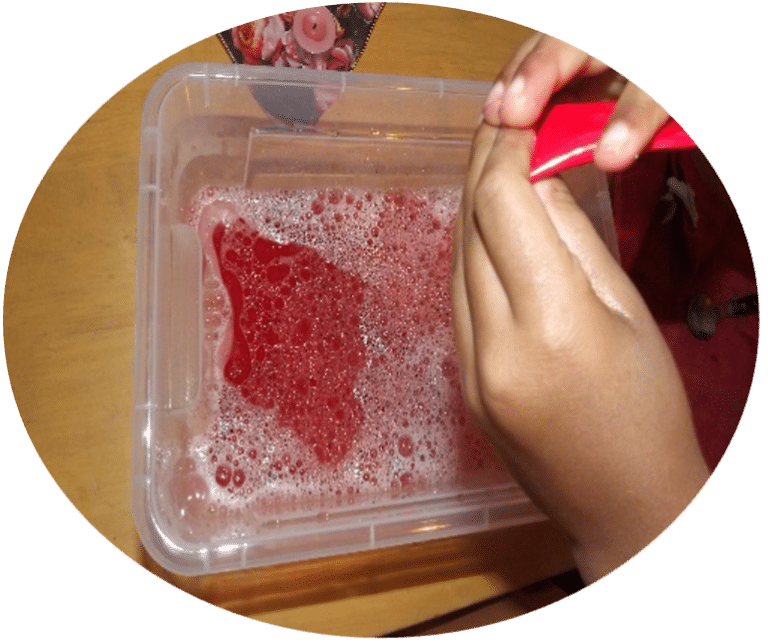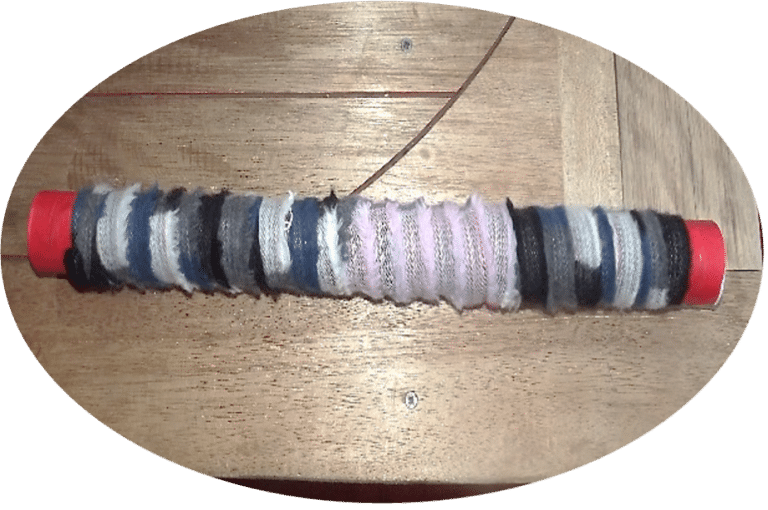There is so much to discover with sound!
“Music education opens doors that help children pass from school into the world around them – a world of work, culture, intellectual activity, and human involvement. The future of our nation depends on providing our children with a complete education that includes music”
– Gerald Ford
Materials
- iPod, CD or YouTube: nature sounds, animal sounds, different instruments
- Instruments: guitar, violin, drums etc
Learning Goals
- Use their lived experiences to make predictions and take educated guesses
- Learning opportunity to play with sounds and instruments
Process Description
Step 1
Have the students sit in a circle on the floor. Does anyone have musical instruments at home? // What kind of instruments? // What sounds do these instruments make?
Step 2
Explain to the students that today they will be playing a game in which you play a song or instrument and they will guess the sound
Step 3
Play a sound, or instrument for about 20 seconds
Step 4
Stop and have the students guess what sound they just heard
Step 5
Repeat the game until 10 sounds have been played.
Adaptation
Play more sounds or experiment with different instruments. Use what we have around us to see what different sounds they make, for example, does a beat on a wooden table sound different to when we clap our hands? Why is this?
Show the children different images of animals and allow them to guess the sound the animal makes, then play the sound via a YouTube clip or CD for them to see if they were right! Why do animals make different sounds? Why can’t we understand them? Ask questions to elicit a discussion and provide answers when children need guidance.
Reflective questions
- How can I extend this learning opportunity?
- What could have been better?
- How did I scaffold children’s learning?
- Could I have adapted the learning opportunity to reflect all children’s needs, abilities and interests
Looking and responding
Start by asking the children what types of instruments they have at home? Do any of them take music lessons or maybe their parents play an instrument?
Can they guess what sound they hear? What are differences between sounds? For example, how is a bird chirping different to a dog barking?
Author Bio

TeachKloud is a cloud-based management platform for early childhood educators and parents!
